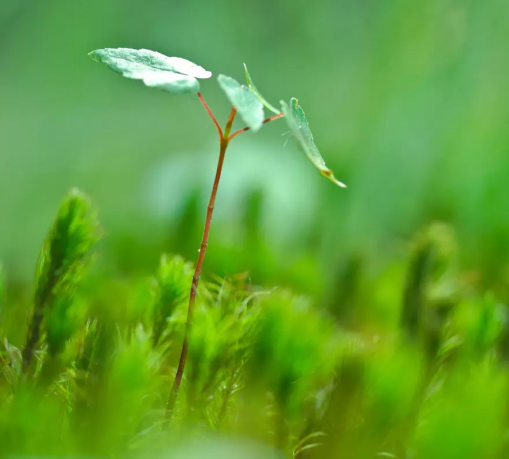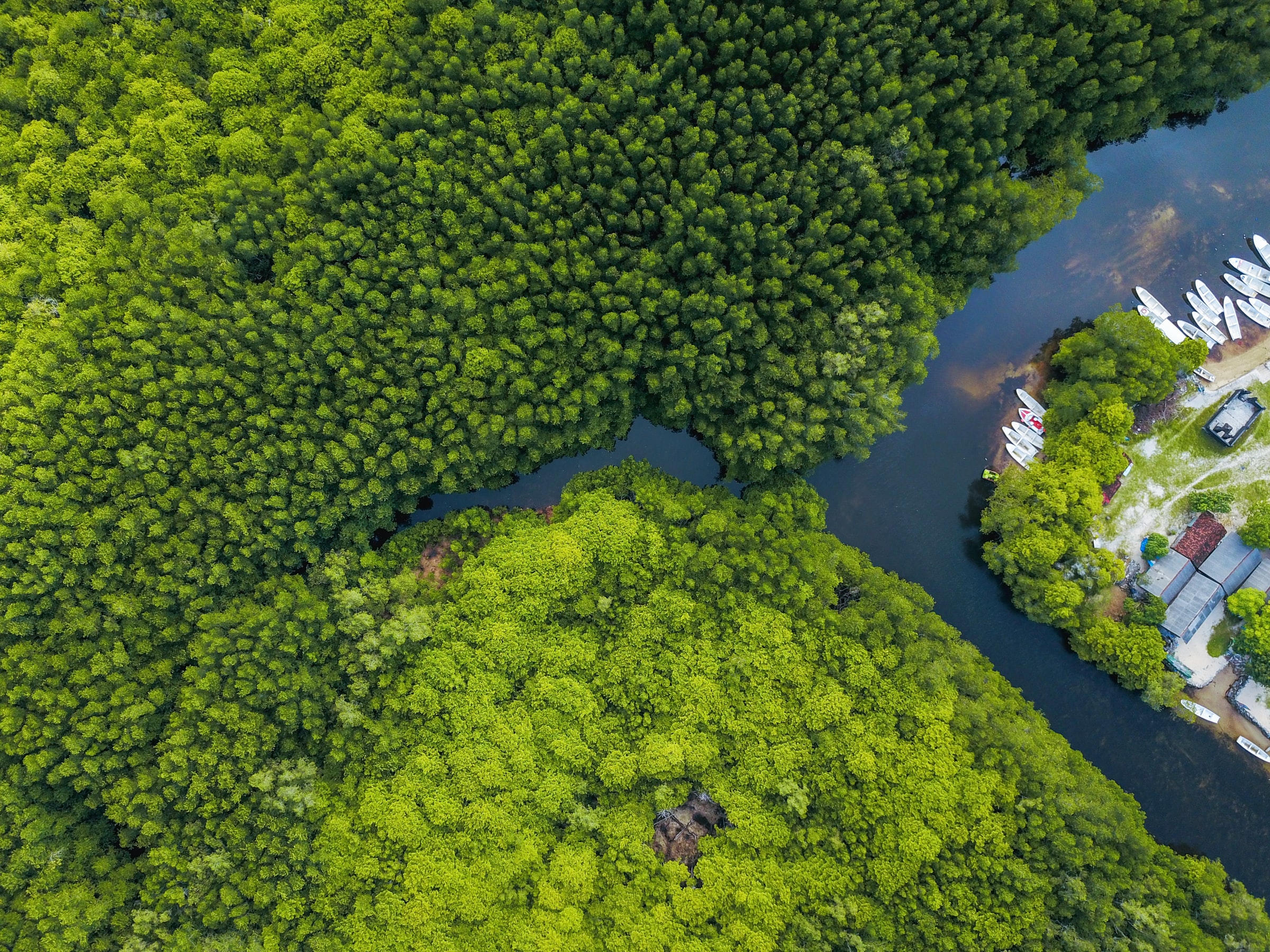Project Hariyali
Pledge by
Mahindra Group
Expanding Green Cover through social forestry, in the ecofragile Araku region of Andhra Pradesh

- Type
- Restoring & Growing, Enabling
- This pledge will take place from
- 2022 to 2026
- Location
- India
Pledge overview
Through Project Hariyali, the Mahindra Group has been planting more than 1 million trees every year, committing now to 1.5 million trees per year until 2026, with the aim to then raise the bar to 5 million trees every year. This will contribute to building green cover and protecting the rich biodiversity of the country. Since inception in 2007 till F22, the Mahindra Group has planted over 20.65 million trees under Hariyali.
Organic regenerative agriculture with zero use of chemicals, forms the bulwark of Mahindra & Mahindra’s tree planting work. Biological preparations and inoculants are applied in the form of foliar sprays, and for treating the seedlings as well as foliar spray after planting. These bio inputs encourage the growth of microbial colonies which give nutrition to the plants, and help them become resilient against disease & pest attacks.
The tree planting initiatives are based on the tenets of Naandi’s ‘Arakunomics’ model which was awarded the Rockefeller Food System Vision Prize in 2020. The three key pillars in this model are P, Q and R, where P is profit for farmer, Q is quality agri produce and R is regenerating the environment. Since 2007, the Group has been planting trees in the tribal hilly region of Araku on the Andhra-Odisha border in India. The aim was to create a functional forest for the tribal community to enhance livelihood of the small and marginal tribal farmers and restore the ecosystem. In a decade since then, 13.4 million saplings were planted by the Group, with a visible restoration of functional forests in the region with thousands of organically nourished saplings of 19 different varieties including fruits and timber species like mango, papaya, orange, lemon, moringa, coffee, terminalia arjuna, teak, and so on.
Actions in this pledge
-
Restoring and growing trees and forest landscapes
Supporting actions
- Reforestation
- Re-establishment of forest through planting and/or deliberate seeding on land classified as forest, that has been degraded or where trees are unlikely to regenerate naturally
- Agroforestry
- Activities that establish and manage the integration of trees into agricultural landscapes, silvopastoral systems, farming in forests and along forest margins and tree-crop production
- Urban tree planting
- Planting and maintaining trees within urban areas
Additional details
- Selection of species – fruit, forest species that are suitable for the terrain and weather
- Identification of planting sites – in consultation with the farmer community
- Developing a planting plan – in consultation with experts and the farmer community, to arrive at optimal mix of forest and fruit species
- Planting of the fruit and forest species
- GPS tracking – after planting. All the sites will be tracked using GPS/GE system and a baseline data will be maintained. This will help to identify and assess the impact and growth of trees. - Farms will be closely monitored by Naandi with the support from community representatives to ensure healthy growth of the plant and its survivalRestoring & Growing
- Trees
- 4.5 million
-
Enabling activities for trees and forest landscapes
Supporting actions
- Nursery and seedling development
- Establish tree nurseries, including actions such as identification and collection of seeds and/or growing seedlings
- Sustainable forest management
- Activities that support the stewardship and use of forests (including by local communities and indigenous peoples), to maintain their biological diversity, productivity, and regeneration capacity, as well as their potential to fulfil relevant ecological economic and social functions
- Education and capacity building
- Forest / tree species conservation and restoration education programmes, targeted educational and behaviour change campaigns, training and capacity building, including promotion of local and traditional knowledge and practices
- Youth engagement
- Engagement of young people and/or youth networks to catalyse a restoration generation
Additional details
- Sapling/seeds procurement – from local nurseries, with priority to microentrepreneurs -
- Land preparation – Farmers will be trained and given guidance on the specifications of pitting and planting.
- Training to farmers on sapling management, foliar spray application, mulching etc.Enabling
Our ecologically and socially responsible approach
The selection of species of tress to planted will be done on the basis of community preference, experts’ guidance on suitability for terrain and climate.
The tree planting initiatives will be based on the tenets of Naandi’s ‘Arakunomics’ model which was awarded the Rockefeller Food System Vision Prize in 2020. The three key pillars in this model are P, Q and R, where P is profit for farmer, Q is quality agri produce and R is regenerating the environment. Based on scientific evidence and protocols, this model assesses climate change risks in the region and does scientific testing of water and soil samples to gain a deeper understanding of what will work here. Plant selection, crop portfolio planning and assessing risk to plants from pest/disease – all these are done with the objective of discovering the best choice of crops and building an optimal plant/tree portfolio.
Our results tracking
Ecological metrics
Soil fertility and nutrient level, biodiversity, green cover
Social metrics
Economic benefits to local communities, improved livelihoods, diversification of farmers’ income
Our system of accreditation
Impact Assessment for 2020-21 conducted by VNV Advisory Services
Our partners
Naandi Foundation
Our locations
We are working at locations across India.

Our implementation progress
Pledge implementation progress reporting is managed in collaboration with IUCN’s Restoration Barometer, and is required annually from the year following pledge publication.
-
Mahindra pledge implementation progress dashboard 2023
with supporting documentation
